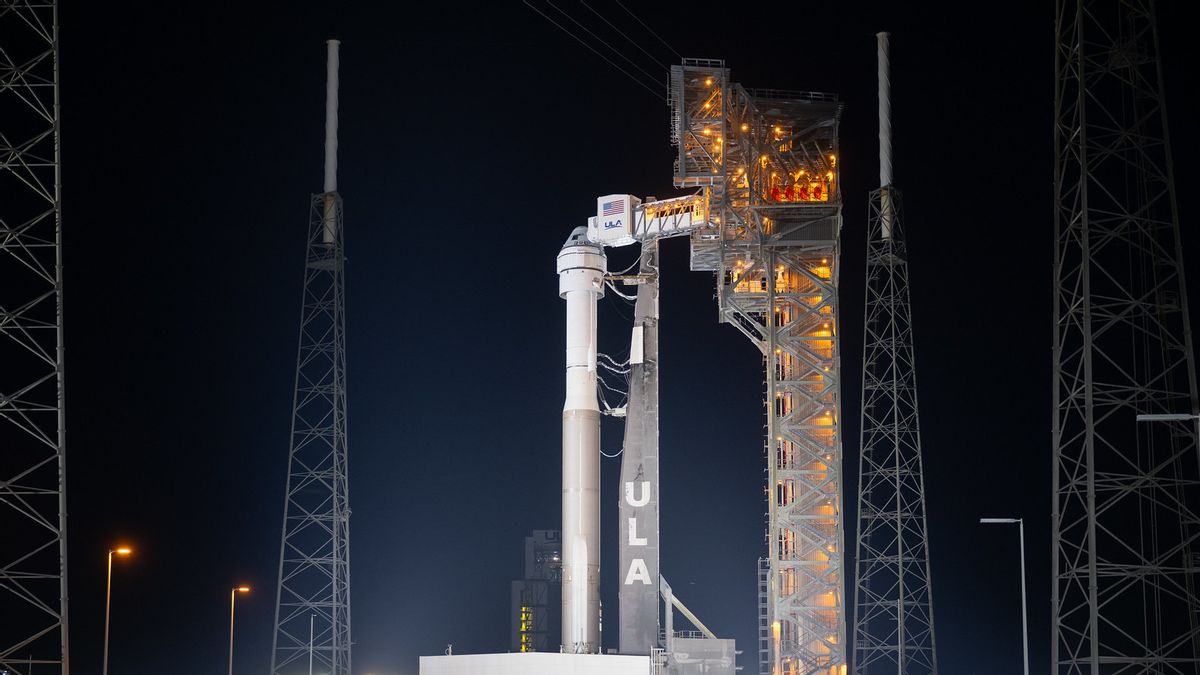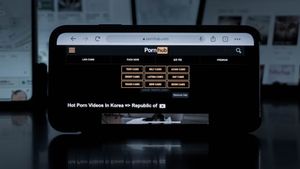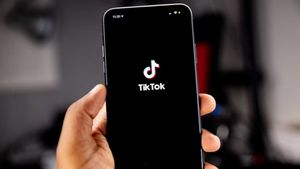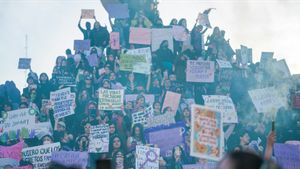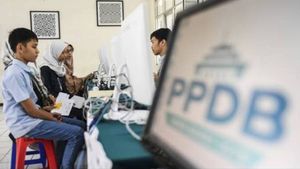JAKARTA - Boeing and NASA managed to address two technical problems on the Starliner spacecraft, including "design incentives" that require a temporary solution, to ensure the capsule is ready to launch on its first manned mission. This important mission plan, scheduled for June 1, was previously delayed by a small helium leak detected in its propulsion system hours before launch from Florida.
During more than two weeks of investigations, it was found that the leak did not pose a major risk to astronauts. "This is actually not a matter of flight safety for us, and we believe that we can manage this condition well," said Mark Nappi, head of Starliner Boeing, at a press conference.
Starliner's long-delayed first manned mission, with NASA astronauts, Suni Williams and Butch Wilmore on board, is a final test before NASA can certify this aircraft for routine astronaut trips to and from the International Space Station. Starliner will be the second US crewed capsule after the SpaceX's Crew Dragon which begins to carry humans in 2020.
Investigating helium leaks also uncovered additional problems in the Starliner propulsion system known as "design incentives" by NASA's commercial crew chief Steve Stich. The model suggests that a very unlikely set of issues during the mission could eliminate capsule thruster reserves and render them unable to return to Earth safely. Temporary software improvements have been offered for this mission, but Boeing and NASA will discuss whether a more in-depth redesign is needed before future flights.
"This system has been tested by flight data and navigation models, as well as testing by astronauts after improvement," said Nappi. The issue prompted NASA to hold additional Flight Readiness Review, a long meeting between NASA officials, Boeing engineers, and independent analysts to ensure that Starliner is safe for flights.
The meeting is scheduled for Wednesday, May 29, three days before the launch time of Boeing's target on June 1 at 12:25 ET. If needed, Starliner also has the opportunity to fly on June 2, 5, and 6.
SEE ALSO:
Boeing, which initially tried to launch Starliner on May 6, faced pressure to reach one of the early June days. Longer delays than June 6 could trigger further delays for weeks or even months as some easily damaged items need to be replaced on its Starliner and Atlas 5 rockets.
Further delays will go against ULA's other scheduled priorities on its launch pad, such as Amazon's Kuiper satellite's first launch and the second flight of ULA's new rocket, a long-delayed demonstration that will allow the launch of the Pentagon's mission.
Boeing, as NASA's longtime contractor to have built modules for the International Space Station for decades, has never sent humans into space before. Starliner's success is needed when Boeing faces a continuing crisis in its aviation business.
Starliner failed to reach the ISS in its first attempt in 2019, returning to Earth about a week earlier than planned due to dozens of software, technical and management issues that changed Boeing's relationship with NASA. The aircraft made it on a re-flight to the ISS in 2022.
The English, Chinese, Japanese, Arabic, and French versions are automatically generated by the AI. So there may still be inaccuracies in translating, please always see Indonesian as our main language. (system supported by DigitalSiber.id)
